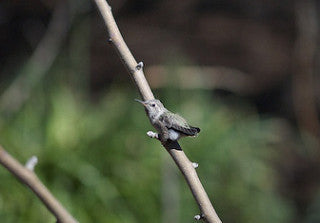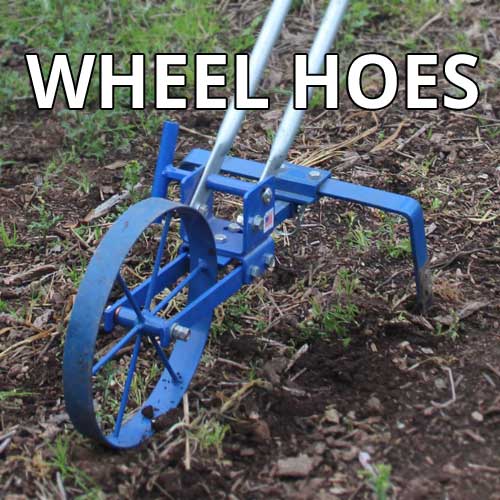The Best Soil Temperatures for Seed Germination
Posted by David Grau on
Originally Posted on March 14, 2014
The Best Soil Temperatures for Seed Germination
A soil thermometer can help you with determining the temperature of your soil before you sow seeds. You can also use other tools, such as annual weeds like dandelions, or self-sowing annuals. Dandelion seed germinates when soil is moist and soil temperature is at least 50°F. Germination is more rapid when the soil temperatures are closer to 77°F, according to UC Davis.
 Buckwheat germinates at temperatures ranging from 45° to 105°F. We use buckwheat as a cover crop, and always let some plants go to seed. That way we can see the new buckwheat plants in the spring, and approximate that our soil is starting to warm. Sowing seeds in soil that is too cold for your seeds will likely cause your seeds to rot, so it is best to wait for the right temperature.
Buckwheat germinates at temperatures ranging from 45° to 105°F. We use buckwheat as a cover crop, and always let some plants go to seed. That way we can see the new buckwheat plants in the spring, and approximate that our soil is starting to warm. Sowing seeds in soil that is too cold for your seeds will likely cause your seeds to rot, so it is best to wait for the right temperature.
We found a useful chart from Oregon State Extension website that offers a look at minimum, optimum range, optimum, and maximum temperatures for the germination of a variety of vegetable seeds. It is great to have the list of temperature ranges at which the seeds will germinate, as you can aim for the optimum temperature, but know that if you are in the range, you should have success.
Using the chart, and knowing that our buckwheat has germinated, we can sow seeds that germinate at the lower range of buckwheat, in the same general area where our buckwheat has germinated. Knowing that the conditions are right for your seeds to germinate, will help ensure quick germination and good growth of the plants.
We also like this chart for the data on page two. Knowing how long it took for various seeds to germinate and appear as seedlings, at which temperature, and at the depth of 1/2" gives great insight into how we might approach our own seeding. We normally do not seed all of our seeds at a 1/2" depth; different seeds are sown at different depths. It is interesting though, that lettuce (which is normally sown at 1/4") will still sprout if sown twice as deep as is recommended on a seed pack.
However you choose to decide when to sow your seeds, we think having a breadth of information about various seeds helps build a gardener's knowledge, and we're all for that.
Until next time, happy sowing.
Hummingbird Nest
We're happy to report that our little hummingbird successfully hatched one chick, who fledged to a nearby apple tree. The hummingbird chick sat on the apple tree long enough for us to capture a few photos.


We also have a busy little hummingbird hen constructing a new nest on our patio lights, just a few yards away from the old nest. We're not sure if it is the same hen, but watching the construction process is quite a delight. She first wound a foundation of spider webs and bits of fluff and lichen onto the string lights, and has been building upon it ever since.
The bulbs on the string lights are approximately 3/4 of an inch in diameter. Our first photo was taken on March 13 when the nest was just begun, and our second photo is from March 14, and the last two are from March 15th. Notice the tiny feather in the hummingbird's beak. She tucked it away into her ever-growing, delicate nest.






